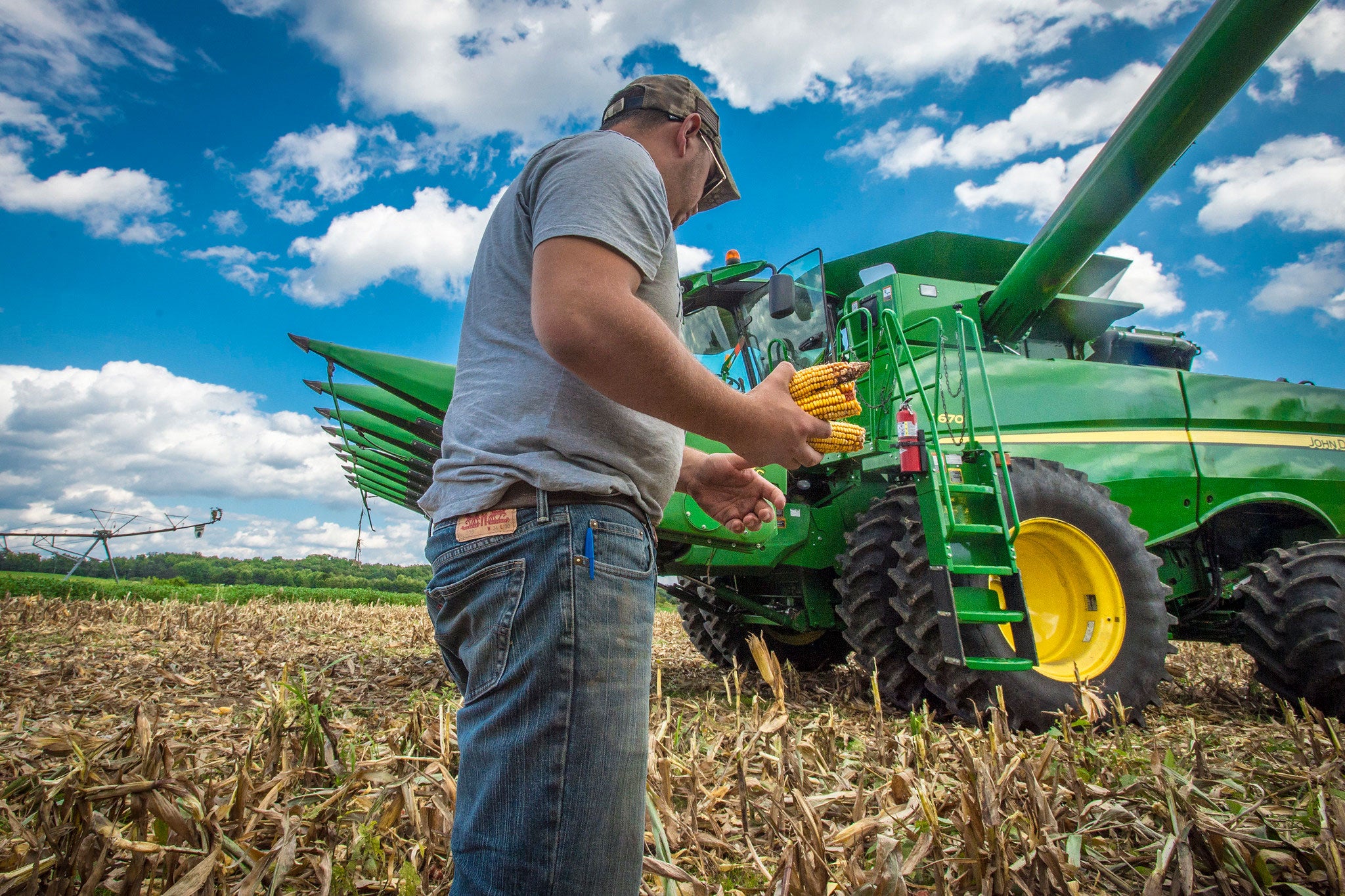DAILY Bites
-
Family farms make up 96% of U.S. farms, contributing 83% of agricultural production in 2023.
-
Small farms dominate in number but large-scale farms, just 4%, produce 48% of total value.
-
Off-farm income, precision agriculture, and government programs sustain family farm resilience.
DAILY Discussion
In a landscape defined by diversity and technological progress, family farms continue to serve as the foundation of U.S. agriculture.
Representing 96 represent of all farms and accounting for 83 percent of total agricultural production in 2023, according to a December report released by the U.S. Department of Agriculture, showing that family-owned operations are vital to feeding the nation and sustaining rural economies.
The USDA defines family farms as operations where the majority of the business is owned by an operator and their relatives. In 2023, these farms spanned various sizes and specialties, from small, retirement-focused plots to vast enterprises generating millions in gross cash farm income.
Small family farms alone made up 86 percent of all farms, operating 41 percent of agricultural land. Despite their numerical dominance, these smaller farms contributed only 17% of the total production value, highlighting the significant role of larger family farms in U.S. agriculture.
Large-scale family farms, while accounting for just 4 percent of all operations, were responsible for 48 percent of the total production value. These farms play a critical role in producing high-value commodities such as cash grains, cotton, and dairy, underscoring the diverse contributions of family-owned enterprises to the agricultural sector.

Economic conditions in 2023 illustrated the challenges and opportunities facing family farms. Midsize and large-scale family farms showed strong financial stability, with many operating in the low-risk profit margin zone (operating profit margin greater than 25 percent). In contrast, small family farms often faced financial vulnerability, with up to 85 percent operating in the high-risk zone (profit margins below 10 percent).
Despite these challenges, family farms have demonstrated resilience through strategic diversification. Most family farm households rely heavily on off-farm income, with 85 percent of all households earning the majority of their income from non-agricultural sources in 2023. This reliance on external income underscores the adaptability of family farm operators in navigating financial uncertainties.
Family farms benefited significantly from government programs, particularly the USDA’s Conservation Reserve Program, which targets environmentally sensitive cropland. Small farms received 76 percent of CRP payments in 2023, aligning with their role in managing smaller-scale, environmentally focused operations. Conversely, larger family farms dominated the receipt of countercyclical payments, reflecting their higher production of commodities like cash grains and soybeans.

Participation in federal crop insurance also illustrated the critical role of family farms in safeguarding national food security. In 2023, midsize and large-scale family farms, which together accounted for 67 percent of harvested cropland, received a proportional share of insurance indemnities. These programs are vital in mitigating the financial risks posed by adverse weather and fluctuating market conditions.
Family farms are at the forefront of adopting precision agriculture technologies, which are transforming modern farming practices. Larger family farms have embraced tools such as yield monitors, autosteering systems, and variable rate technologies to increase efficiency and reduce costs. While smaller farms lag in adoption due to economic constraints, these technologies have the potential to level the playing field, enabling even small-scale operations to boost productivity and sustainability.
As the backbone of the agricultural sector, family farms are not only preserving traditions but also driving progress. Their ability to adapt and thrive ensures that they remain central to the nation’s food system and rural economies for years to come.


